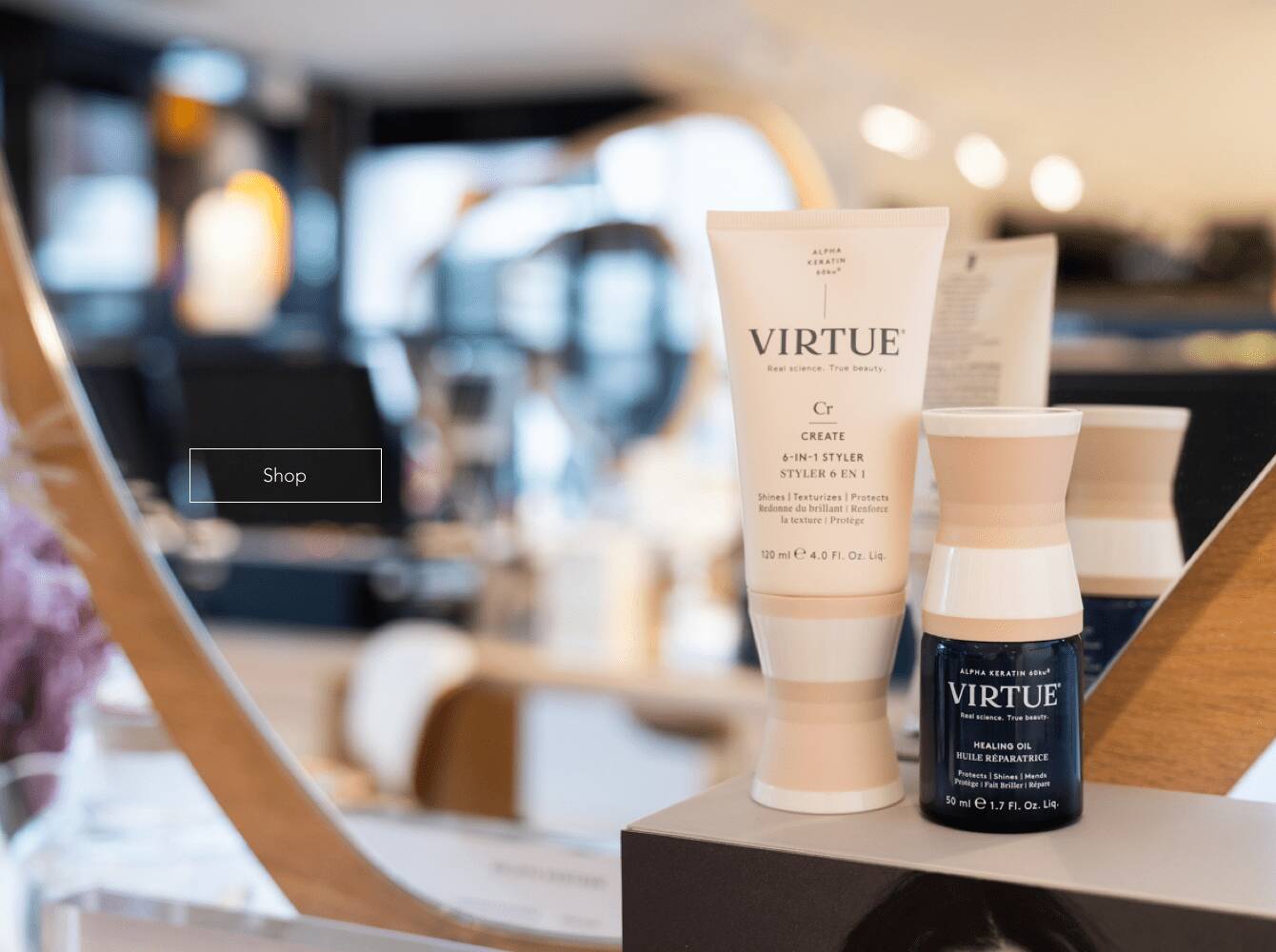There are many fragrances, each with its own scent intensity, from soft floral scents to powerful woody perfumes. Do you ever wonder why one fragrance has a subtle sillage and another has an intense aroma?
Or why you smell some perfumes longer than others? The answer lies not so much in the fragrance notes but in the small abbreviation on the bottle, such as EDT or EDP. These abbreviations stand for Eau de Parfum or Eau de Toilette and tell you something about the concentration of the perfume. In this blog, we would like to explain how this concentration is established, which perfume types there are and what the different concentrations, such as Eau de Cologne or Extrait de Parfum, mean.
What is perfume concentration?
The perfume concentration, like Eau de Toilette or Eau de Parfum, says something about the intensity of a fragrance. This concentration, and thus the strength of a perfume, is determined by the percentage of perfume oil. A perfume contains several different fragrance ingredients, sometimes more than a hundred. This mix of ingredients forms perfume oil, a highly concentrated liquid. To determine the right perfume concentration and ensure skin safety, the perfume oil is mixed with water and a solvent. In most cases, alcohol is the solvent, as it evaporates quickly and therefore transports the fragrances perfectly. The percentage of perfume oil remaining in the perfume determines whether the fragrance is, for example, an Eau de Toilette.What perfume types are there?
The most well-known perfume types are Eau de Parfum and Eau de Toilette, but Eau de Colognes and Extrait de Parfums are also very popular. These four types differ due to the percentage of perfume oil. Below are all the perfume concentrations listed, increasing in intensity and sillage.Eau de Cologne
Eau de Cologne has the lowest perfume concentration at 2% to 5% perfume oil. This low concentration often creates a subtle, slightly present fragrance. Eau de Colognes are characterised by classic elements and a fresh character. The scent may evaporate quickly, so you must spray more often to enjoy the perfume for longer. Nevertheless, within the Eau de Cologne category, there are also long-lasting fragrances with a higher perfume concentration.Shop Eau de Cologne
Eau de Toilette
Eau de Toilette consists of 5% to 10% perfume oil. This makes Eau de Toilette an ideal perfume for daytime use, as the scent is long-lasting but not overpowering. Whereas you only wear Eau de Parfum on the skin, you can also spray Eau de Toilette on clothing and wear it around you like a body mist. An Eau de Toilette usually has a light, fresh body with flowers and a delicate citrus top.Shop Eau de Toilette
Eau de Parfum
Eau de Parfum is the most common variant and contains 10% to 20% perfume oil. Thanks to its high concentration, Eau de Parfums are intense fragrances that are clearly noticeable. The scent is fragrant on the skin for at least five hours and, in addition, creates a lovely sillage. Unlike Eau de Toilette, Eau de Parfums are often seen as evening fragrances. Yet they are also great for daytime wear, especially if you like a more distinctive perfume.Shop Eau de Parfum
Extrait de Parfum
Extrait de parfum is the purest form of perfume with a concentration of 20% to 40% perfume oil. A fragrance with this concentration is nicely present and remains fragrant for about eight hours. Oils need skin to hold scent, so spray Eau de Parfum and Extrait de Parfum only on the skin. Apply it subtly on your pulse points, such as your neck and wrists, and wear the fragrance close to you for an elegance that makes you feel even more confident.Shop Extrait de Parfum


